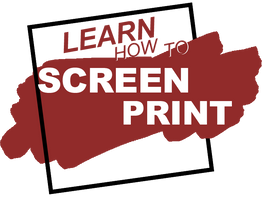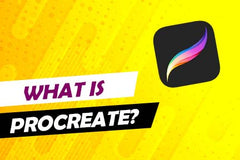Exposing a screen and finding the proper exposure times can be a frustrating experience without the correct knowledge. Most new screen printers don't understand the different variables that change the amount of time a screen should be exposed. Here are some tips to help dial in your correct exposure times.
3 Variables that Will Affect Your Screen Exposure Time.
1. Mesh count. Using a 110 mesh screen will hold more emulsion in the screen mesh then a 305 mesh screen will hold. Lower mesh screens have bigger mesh openings- they hold more emulsion- the exposure time will be longer then higher mesh screens. So if there is more emulsion then the exposure time will be slightly more for a 110 then a 305.
2. Emulsion. There are there basic types of emulsion, and each have different needs for exposure. The 3 types of emulsion are photopolymer, diazo and dual cure. Dual Cure emulsion are the easiest emulsion for new screen printers to use. The "window" of exposure is the most forgiving of all three types of emulsions. Photopolymer is the fastest exposing emulsion- but the window is also the smallest, meaning the margin for error is very small for this type of emulsion. Diazo emulsion is the last option- which usually has a window of exposure comparable to that of dual cure.
3. Exposure unit light source. Using a professional grade LED exposure unit will put out more light evenly then using a flood light from a local hardware store. But that's not to say you can't use a flood light to expose your screens. There are variables to consider with your light source, such as the strength in your light bulbs. Over time your light source may lose strength, so you may increase your exposure time as your bulbs age. LED light sources are known to last for up to 3-5 years without losing strength in the light lamps.
I would definitely recommend a vacuum blanket with your exposure unit as well. A vacuum blanket will draw down and keep the screen mesh pushed tight against the film positive to help increase resolution in your stencils.
Those are just 3 variables that will affect your screen and stencil making steps in exposing screens. A couple other variables will be mesh color and halftones lpi count. I have heard yellow mesh exposing better then white mesh because white mesh lets light bounce around and effects the exposure process, where yellow mesh helps trap the light, reducing the amount of light bouncing around the mesh and causing undercutting.
Whatever emulsion, mesh count, mesh color, and light source you use to expose your screens- I would definitely recommend an exposure calculator to help dial in your screen exposure time.




Leave a comment